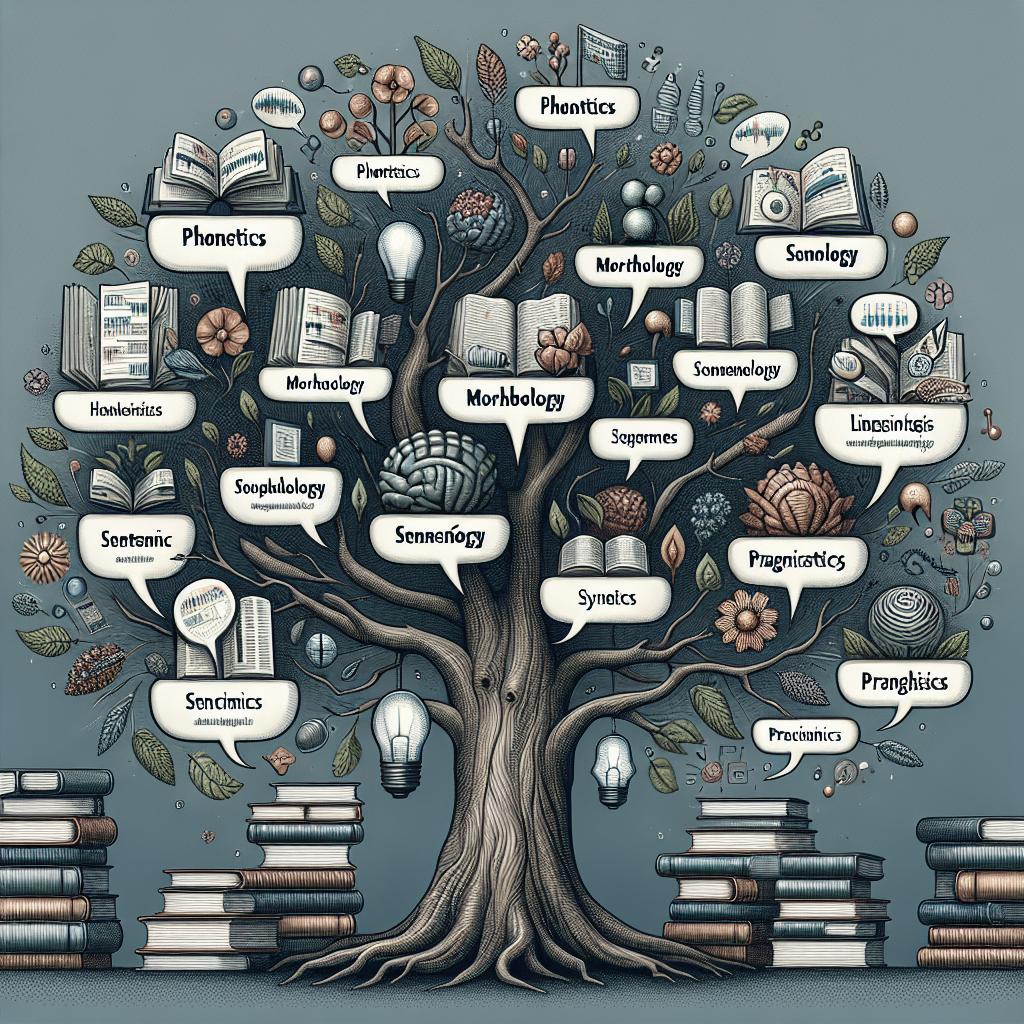<>
« `
Phonetics is a fascinating field that delves into the sounds of human speech. By analyzing language using phonetics, we can gain a deeper understanding of how we communicate. This article will guide you through how to study and understand these sounds, covering key concepts, methodologies, and practical applications. Whether you are a linguistics student, a curious language enthusiast, or a professional wanting to refine your skills, this comprehensive guide will provide you with the foundational knowledge to analyze language through the lens of phonetics.
Rate this article
1
At the heart of phonetic analysis is the practice of transcribing spoken language into a written form that accurately represents the sounds produced. The International Phonetic Alphabet (IPA) is the most widely used system for this purpose. Each symbol in the IPA corresponds to a specific speech sound, making it an invaluable tool for anyone studying linguistics.
Learning IPA transcription can initially be daunting, but with practice, it becomes intuitive. You can begin by familiarizing yourself with the basic symbols and sounds they represent. Practice transcribing words from your native language, moving gradually to more complex words and sentences. This process enhances your ability to discern subtle differences in speech sounds, which is crucial for phonetic analysis.
2
Phonetic analysis also involves understanding the three main branches of phonetics: articulatory, acoustic, and auditory phonetics. Articulatory phonetics examines how speech sounds are produced by the movement of speech organs such as the tongue, lips, and vocal cords. This branch requires knowledge of anatomy and physiology as it focuses on the physical processes behind sound production.
Acoustic phonetics, on the other hand, studies the properties of the sound waves produced when we speak. This involves analyzing the frequency, amplitude, and duration of sounds using specialized software and tools. Finally, auditory phonetics explores how the human ear perceives sounds, which is essential for understanding how different sounds are interpreted by listeners.
3
Recording and analyzing speech samples is a practical aspect of phonetic study. Using high-quality recording equipment ensures that the speech data collected is clear and accurate. Once you have your recordings, software like PRAAT can be used to analyze the sounds. PRAAT offers a range of functions, from creating spectrograms to measuring formant frequencies, allowing for detailed phonetic analysis.
When working with recordings, it is important to consider factors such as the environment in which the recording was made and any background noise that might affect the clarity of the speech. By being meticulous in your recording process, you ensure that your analyses are based on reliable data.
4
Applying phonetic analysis extends beyond merely academic pursuits—it has practical applications in areas such as language education, speech therapy, and forensic linguistics. In language education, for instance, understanding phonetics can help educators teach pronunciation more effectively, helping learners achieve a more native-like accent.
In speech therapy, phonetic analysis is used to diagnose and treat speech disorders. By examining a patient’s speech characteristics, therapists can develop personalized treatment plans to address specific issues. Forensic linguistics employs phonetics to aid in criminal investigations by analyzing speech patterns, which can be crucial in identifying speakers or verifying the authenticity of recordings.
5
Continuous learning and staying informed about the latest research in phonetics is key to becoming proficient in this field. Joining professional organizations such as the International Phonetic Association, attending conferences, and participating in workshops can provide valuable opportunities for learning and networking.
Reading academic journals and researching new methodologies will keep you abreast of advancements and innovations in phonetics. Engaging with online communities and forums dedicated to linguistics and phonetics can also be beneficial, as they offer a platform to exchange knowledge and discuss challenging topics with peers.
Thanks for your feedback
6
Your feedback is invaluable in helping us improve the content we provide. Understanding the needs and interests of our readers allows us to tailor our articles to better serve you. If you found this article on phonetic analysis helpful, consider sharing it with others who might benefit from it.
Additionally, if you have any suggestions or specific topics you would like us to cover in future articles, please let us know. We are committed to delivering high-quality content that meets your needs and enhances your understanding of linguistics and phonetics.
Tell us more
7
We would love to hear more about your experience with phonetic analysis. Are there specific challenges you face, or techniques you find particularly effective? Sharing your insights can help build a community of learners and professionals who support and learn from each other.
Feel free to leave a comment below or reach out to us directly. Your contributions are greatly appreciated and help us create a more engaging and informative platform for everyone interested in the fascinating world of phonetics and linguistics.
More articles on Linguistics
Are you sure you want to delete your contribution?
Are you sure you want to delete your reply?
Summary of main points
| Section | Summary |
|---|---|
| Rate this article | Introduction to the importance of transcription using the IPA and the importance of practice in phonetic analysis. |
| Phonetic Branches | Explanation of articulatory, acoustic, and auditory phonetics and their relevance to understanding speech sounds. |
| Practical Applications | Details on recording and analyzing speech samples using tools like PRAAT, and considerations for accurate data collection. |
| Real-World Applications | Discussion of how phonetic analysis is used in language education, speech therapy, and forensic linguistics. |
| Continuous Learning | Importance of staying informed about the latest research, joining professional organizations, and participating in the phonetics community. |
| Thanks for your feedback | Encouragement to provide feedback and share the article, along with suggestions for future content. |
| Tell us more | Invitation for readers to share their experiences and challenges with phonetic analysis to build a supportive community. |
« `


